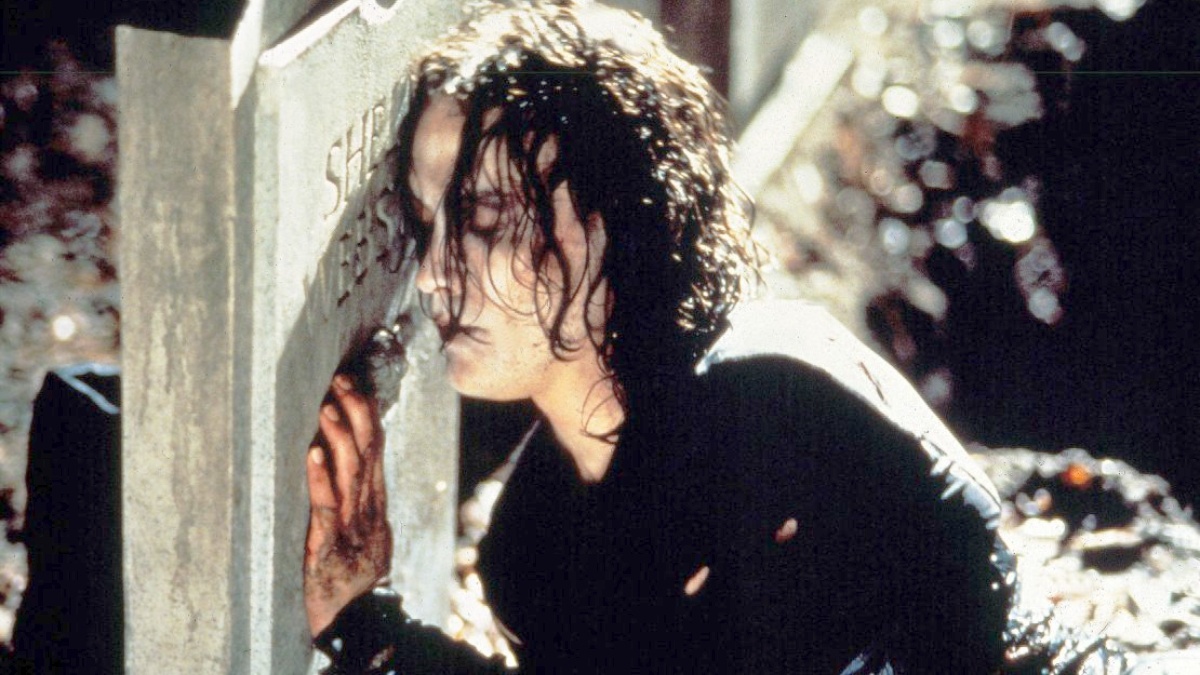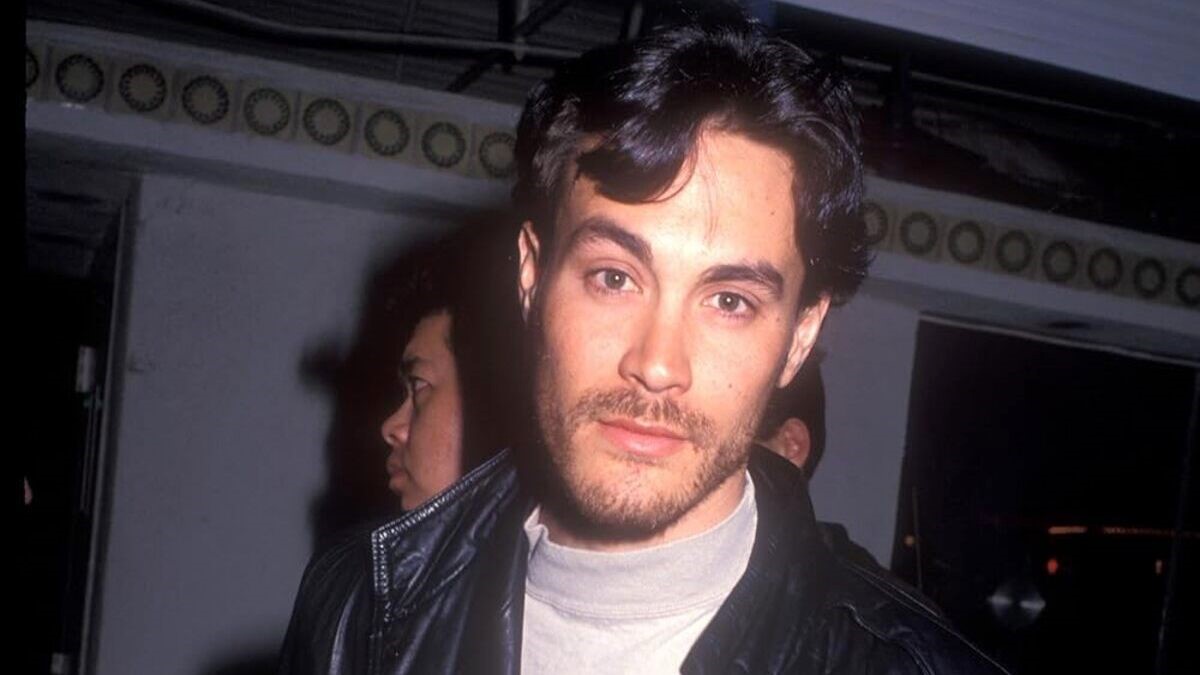Making movies is supposed to be a dream job, a way to entertain and thrill the public and do what you love doing for a living. That’s why it’s so tragic, and appalling, when an actor or crew member is killed due to on-set negligence.
This is sadly something that has been a huge conversation in the past few years due to the death of cinematographer Halyna Hutchins on the set of Rust in 2021. Hutchins’ untimely and avoidable demise was unfortunately far from the first to happen under similar circumstances. Prior to Hutchins, the most notorious on-set death had to be Brandon Lee, killed during production on cult favorite comic book movie The Crow in 1993.
As the son of martial arts icon Bruce Lee, Brandon Lee was primed for a hugely successful career. After having appeared in Hong Kong TV and film productions throughout the 1980s and early 1990s, Lee was making his stamp in Hollywood and looked set to be the next major action star of the decade when he landed the lead in The Crow. Tragically, at the age of just 28, his bright future was snuffed out.
Brandon Lee’s death on set of The Crow, explained

For context, The Crow is a supernatural thriller in which rock star Eric Draven and his fiancée are murdered by mobsters who break into their apartment. Draven’s vengeful spirit, however, is resurrected and he goes on to avenge his lover’s death with his newfound supernatural powers. Although it is the all-important inciting incident of the movie, the death of Eric and his fiancée was one of the final sequences to be shot, scheduled just eight days prior to the end of production.
On March 31, 1993, The Crow cast and crew got to work as usual at EUE Screen Gems Studios in Wilmington, North Carolina to shoot a scene in which Eric’s character is shot by thug Funboy (Michael Massee) after he sees his girlfriend killed. Massee was supplied with a .44 Magnum Smith & Wesson Model 629 revolver fitted with blanks. This should have been perfectly as blank rounds contain a live powder charge and a primer but no bullet, so there’s no projectile to cause harm.
However, two weeks prior to this, the same weapon had been used to shoot a close-up shot of a gun firing. On that occasion, dummy rounds — which have bullets but no powder or primer — were required in order to portray a more realistic gunshot. However, due to a lack of time and money, actual dummies weren’t ordered and the crew made their own by removing the bullets from live rounds, taking out the powder charge but leaving the primer, and reinserting them. This meant that, when an unsupervised actor fired the revolver, it fired just enough to leave a bullet lodged within the barrel — a dangerous situation that’s known as “squib load.”
The typical practice for firearms on set is that they must be inspected for safety reasons prior to each use. However, in this case, presumably due to the overlong shooting days, the weapons specialists had already finished work for the day and gone home, leaving the care of the gun in the hands of a production assistant, who was unaware of the inspection rule. This error meant that the revolver was not checked for any obstructions when it was loaded with blanks.
As per the framing of the scene, Massee proceeded to fire the gun at Lee from around 12-15 ft range, aiming at his abdomen. Other than Lee falling backwards instead of forwards, as instructed, nothing seemed awry at first. However, when the director called “cut!” Lee did not get up. Stunt supervisor Jeff Imada rushed to check on Lee and found he was unconscious and breathing heavily, but due to the lack of any blood it was simply assumed that Lee had hit his head while falling. Medic Clyde Baisey checked Lee’s pulse, which was initially steady, but over two to three minutes it slowed and then eventually stopped. The actor was rushed to a local hospital, but after six hours of emergency surgery, Lee was declared dead.
The movie itself was relatively easy to rescue, due to how close to completion it was, with Lee’s stunt double (now famed John Wick director) Chad Stahelski simply subbing in for him for any remaining scenes — not to mention the addition of some rewrites and early use of CGI. On the other hand, there was no way to fix the tremendous loss felt by Lee’s loved ones, including his mother, Linda Lee Cadwell, and fiancée Eliza Hutton. The couple had planned to marry on April 17, 1993, just a week after Lee was due to finish work on The Crow.
30 years on, Brandon Lee’s legend has grown alongside that of his father, with many fans deriving morbid fascination from the way that both father and son’s lives and deaths mirrored each other — Bruce Lee himself died at 32, just four years older than his son, and also prior to the release of what became his most celebrated film (in Bruce’s case, 1973’s Enter the Dragon).
Brandon Lee’s immense popularity is a large reason for the controversy surrounding the existence of 2024’s The Crow remake. Alex Proyas, the director of the original, made it clear he doesn’t support the new film. “[The Crow]” is not just a movie,” he declared. “Brandon Lee died making it, and it was finished as a testament to his lost brilliance and tragic loss. It is his legacy. That’s how it should remain.”
The Crow remake, starring Bill Skarsgård as Eric Draven, releases on August 23.

